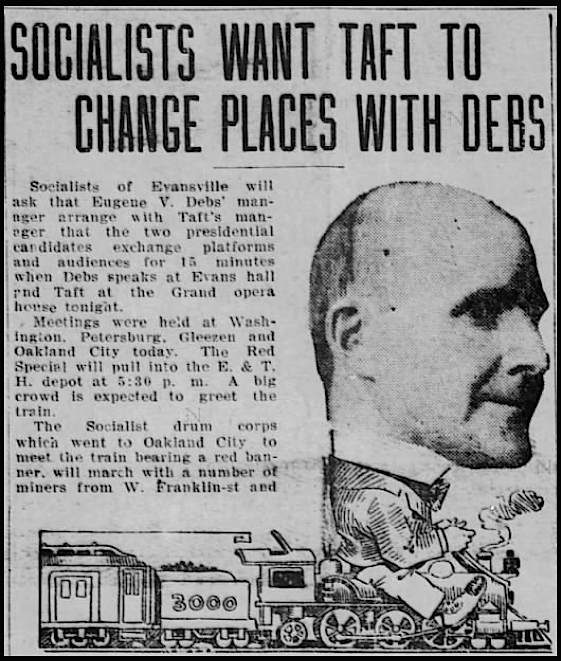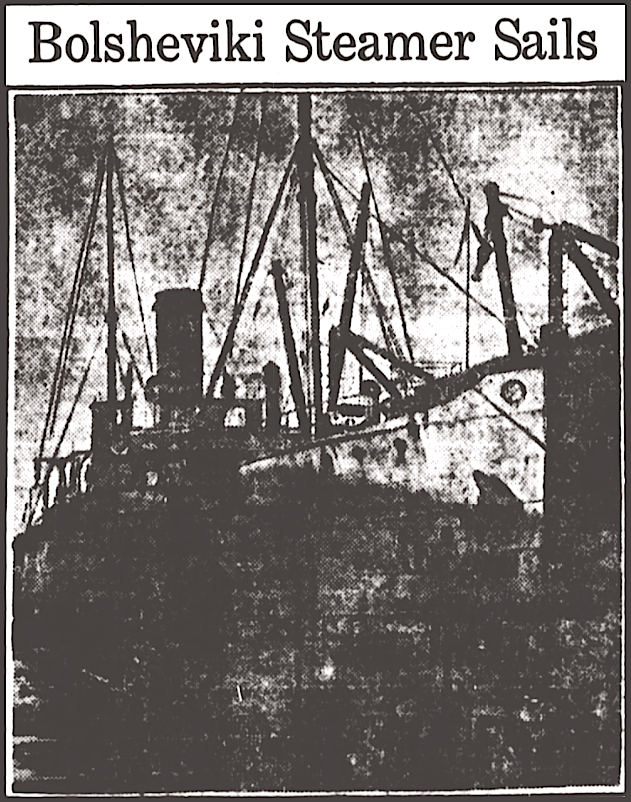 —————
—————
Hellraisers Journal – Tuesday July 1, 1913
“The Paterson Strike Pageant” by Phillips Russell, Part I
From the International Socialist Review of July 1913:
[Part I of II]
JUNE 7, 1913, was a red letter day in New York. Literally, too. For when dusk fell on Madison Square, high up on the tower of Madison Square Garden, shone the giant letters “I. W. W.,” glowing red in the sky and sending scarlet beams through the smoke that drifts incessantly across the face of Manhattan Island.
It was the first time that those significant letters have ever been given so conspicuous a place. Their mission was to announce something new under the sun, a labor play in which laborers themselves were the actors, managers and sole proprietors, portraying by word and movement their own struggle for a better world.
Imagine a great auditorium, the largest in New York, filled with one of the hughest audiences that ever gathered in the metropolis, gazing on the largest amateur production ever staged, with the biggest cast-1,029 members-that ever took part in a play, enacting a life-drama calculated to raise to the highest pitch the most powerful human emotions-and one gets a faint idea of the event in Madison Square Garden on the evening of June 7.
In order to give the reader a mental picture of what happened that night on the stage-which alone cost $600 to build -it might be well to outline the six episodes composing the pageant as given in the official program, which itself made a good propaganda pamphlet of 32 pages with a lithographed cover:
Scene: Paterson, N.J. Time: A. D. 1913.
The Pageant represents a battle between the working class and the capitalist class conducted by the Industrial Workers of the World (I. W. W.), making use of the general strike as the chief weapon. It is a conflict between two social forces-the force of labor and the force of capital.
While the workers are clubbed and shot by detectives and policemen, the mills remain dead. While the workers are sent to jail by hundreds, the mills remain dead. While organizers are persecuted, the strike continues, and still the mills are dead. While the pulpit thunders denunciation and the press screams lies, the mills remain dead. No violence can make the mills alive-no legal process can resurrect them from the dead. Bayonets and clubs, injunctions and court orders are equally futile.
Only the return of the workers to the mills can give the dead things life. The mills remain dead throughout the enactment of the following episodes.

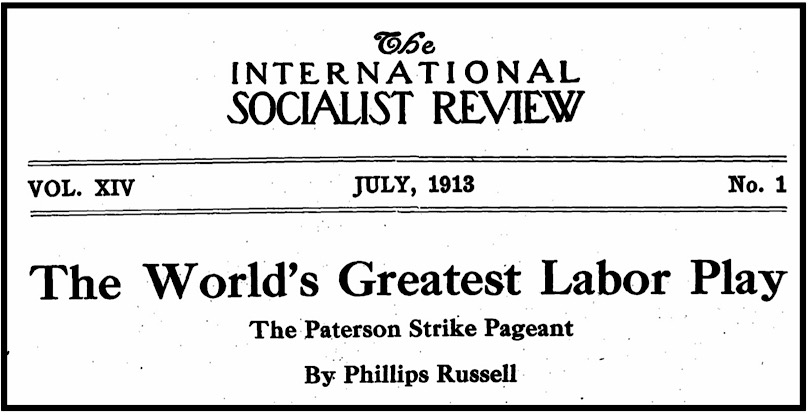
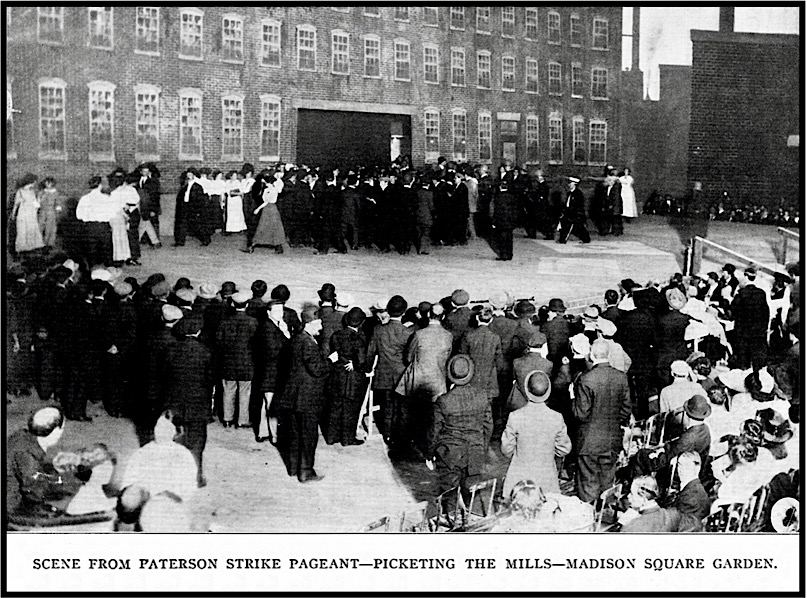
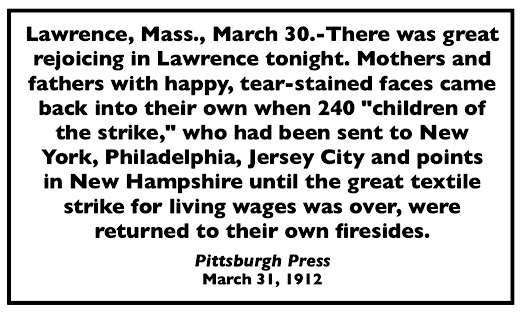 —————
—————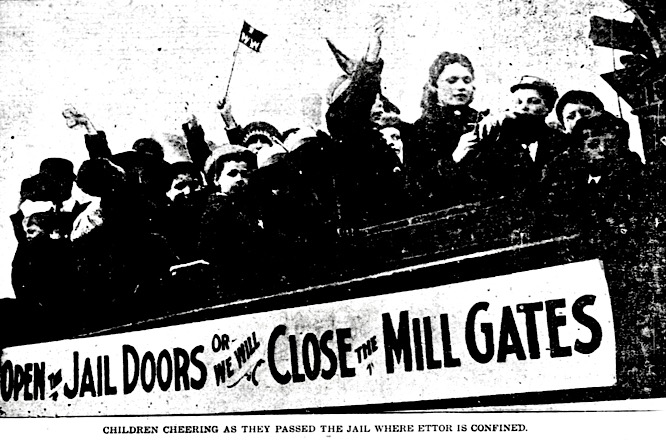

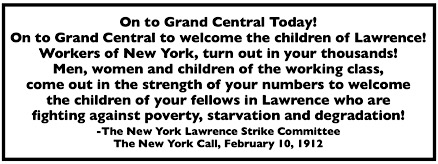 —————
—————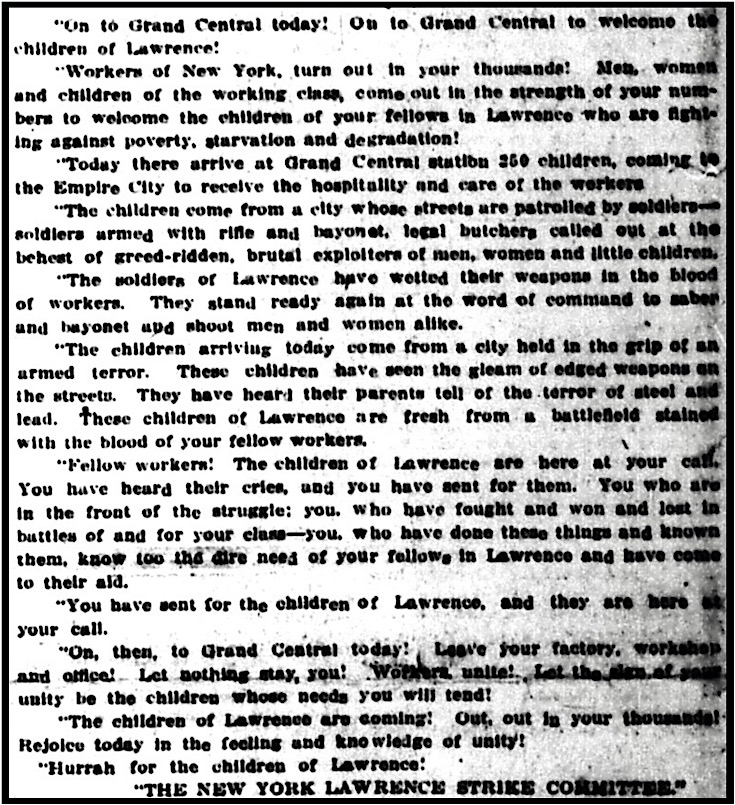
 ———-
———-
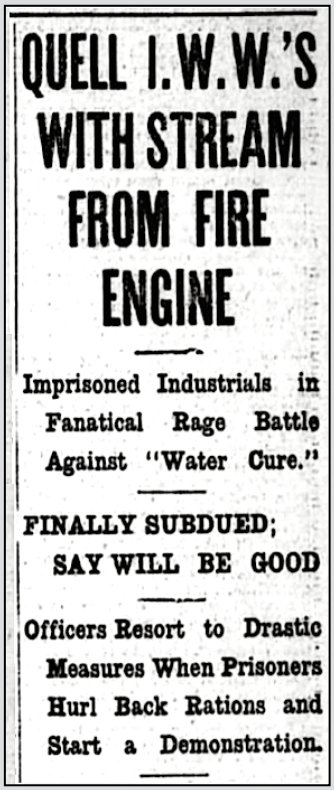
 ———-
———-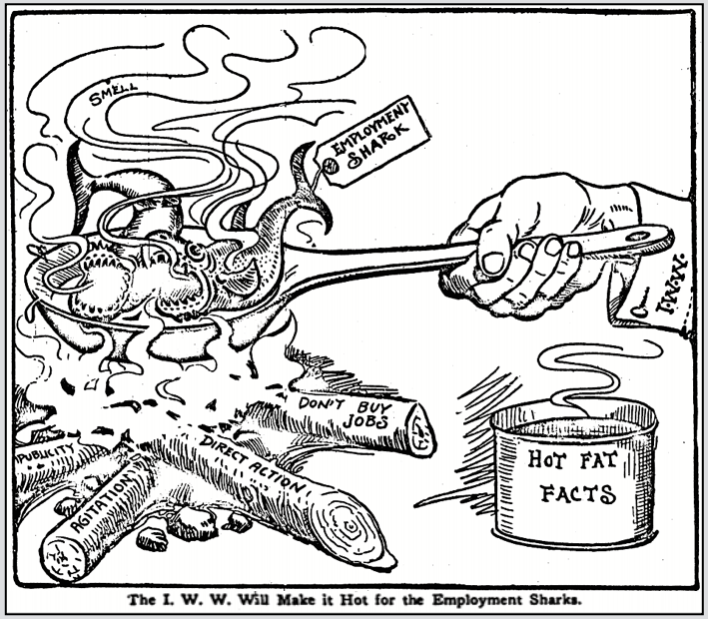 —–
—–
 ~~~~~~~~~~~~~~~~~~~~~~~~~~~~~~~~~~~~~~~~~~~~~
~~~~~~~~~~~~~~~~~~~~~~~~~~~~~~~~~~~~~~~~~~~~~